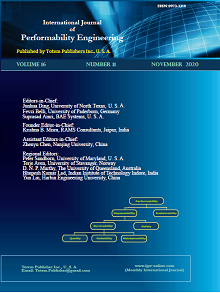-
Optimal Design and Force Analysis for Key Components of Vertical Roller Mill
- Weihua Wei, Haipeng Yu, Hongwei Zhu and Yaning Cai
-
2020, 16(11):
1698-1707.
doi:10.23940/ijpe.20.11.p2.16981707
-
 Abstract
Abstract
 PDF (523KB)
PDF (523KB)

-
References |
Related Articles
As an efficient large-scale grinding and drying equipment, the vertical roller mill is widely used in many fields, especially in the fields of grinding cement raw meal, clinker, and blast furnace slag. In this thesis, the key components of the vertical roller mill are preferred according to the design requirements, including the determination of general parameters (clamp angle, mill size, grinding roller size, pressure of grinding roller, speed of millstone, power and selection of the main motor, and selection of the main reducer), and the determination of process parameters (material thickness, material granularity, drying capacity, and air volume of the mill). Additionally, the mill production capacity is verified by the above-preferred parameters, and it is examined whether it meets the design requirements. Finally, the stress at the core position is obtained through the analysis of the loading system of the vertical roller mill.

